
Filter News
Area of Research
News Type
Date
News Topics
Media Contacts

The field of “Big Data” has exploded in the blink of an eye, growing exponentially into almost every branch of science in just a few decades. Sectors such as energy, manufacturing, healthcare and many others depend on scalable data processing and analysis for continued in...
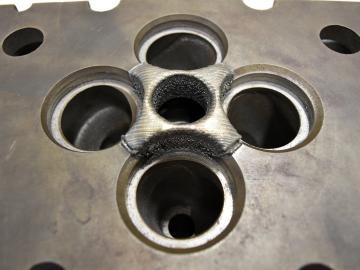
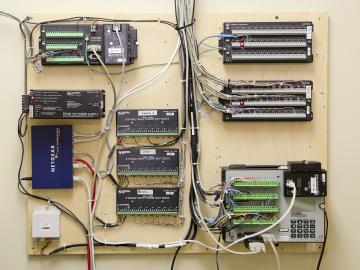
Ways to give homeowners more centralized control over how much electricity their home uses—from the air conditioning unit to the heat pump water heater—are being developed by Oak Ridge National Laboratory. An ORNL team is working with Southern Company and Alabama Power on its Sma...

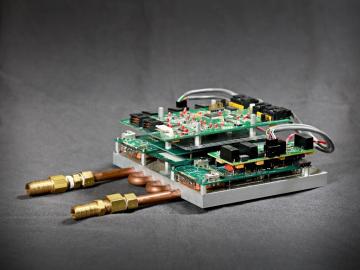

In response to the nuclear industry’s growing interest in molten salt reactors, Oak Ridge National Laboratory will bring together leading experts from around the world to discuss recent developments at its third annual MSR Workshop, October 3–4. This year’s theme will be key tech...
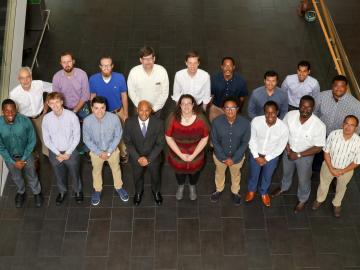
Oak Ridge National Laboratory (ORNL) hosted eight graduate students as part of the National GEM Consortium summer fellowship program this year—seven in the Energy and Environmental Sciences Directorate and one in the Computing and Computational Sciences Directorate. The par...

A team of researchers from Oak Ridge National Laboratory has been awarded nearly $2 million over three years from the Department of Energy to explore the potential of machine learning in revolutionizing scientific data analysis. The Advances in Machine Learning to Improve Scient...
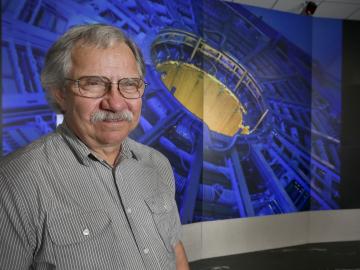
The world’s most powerful particle accelerator, the Large Hadron Collider (LHC), began running at CERN, the European Organization for Nuclear Research, in 2009. The LHC spends most of its time studying the puzzles of high-energy physics. But for one month a year, it, like the Relat...

Working backwards has moved Josh Michener’s research far forward as he uses evolution and genetics to engineer microbes for better conversion of plants into biofuels and biochemicals. In his work for the BioEnergy Science Center at ORNL, for instance, “we’ve gotten good at engineering microbes th...


